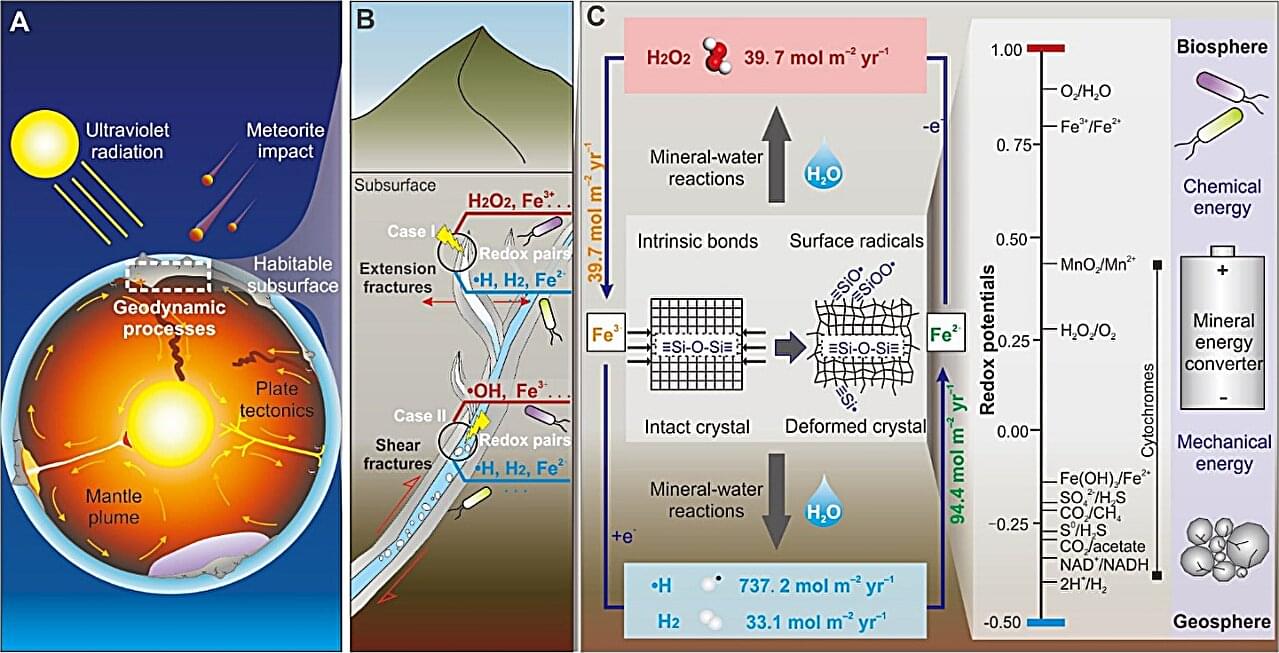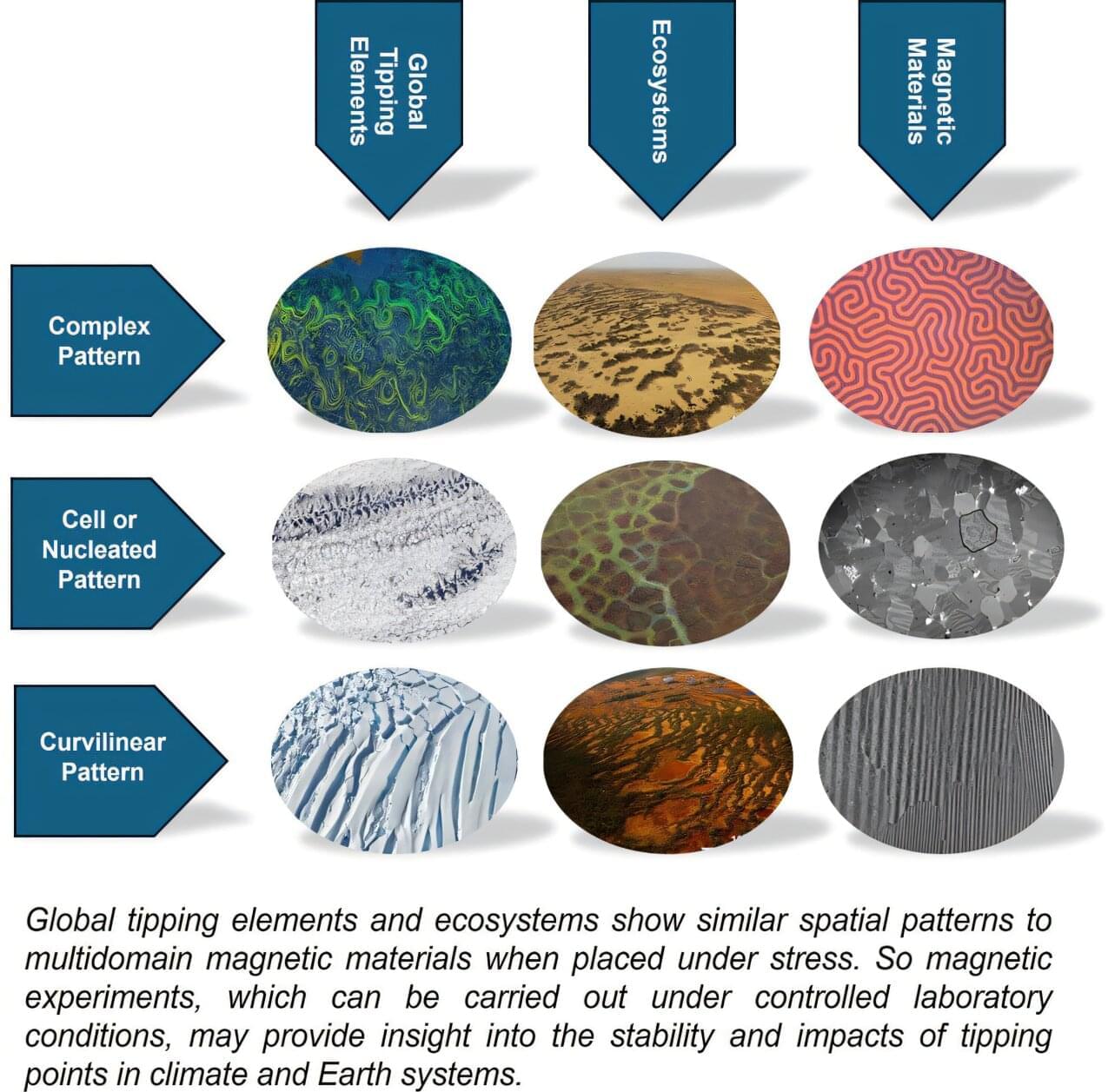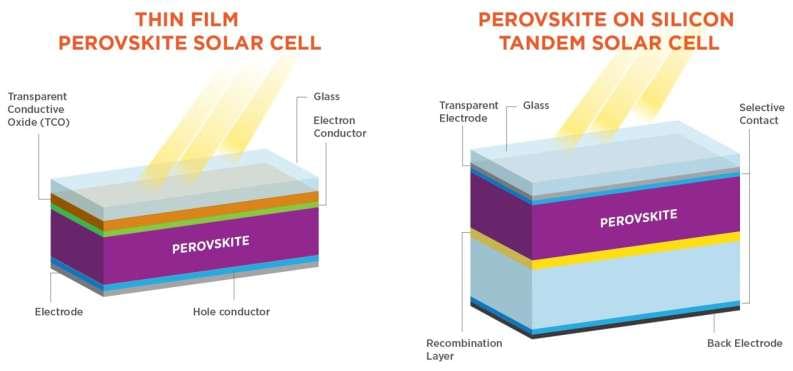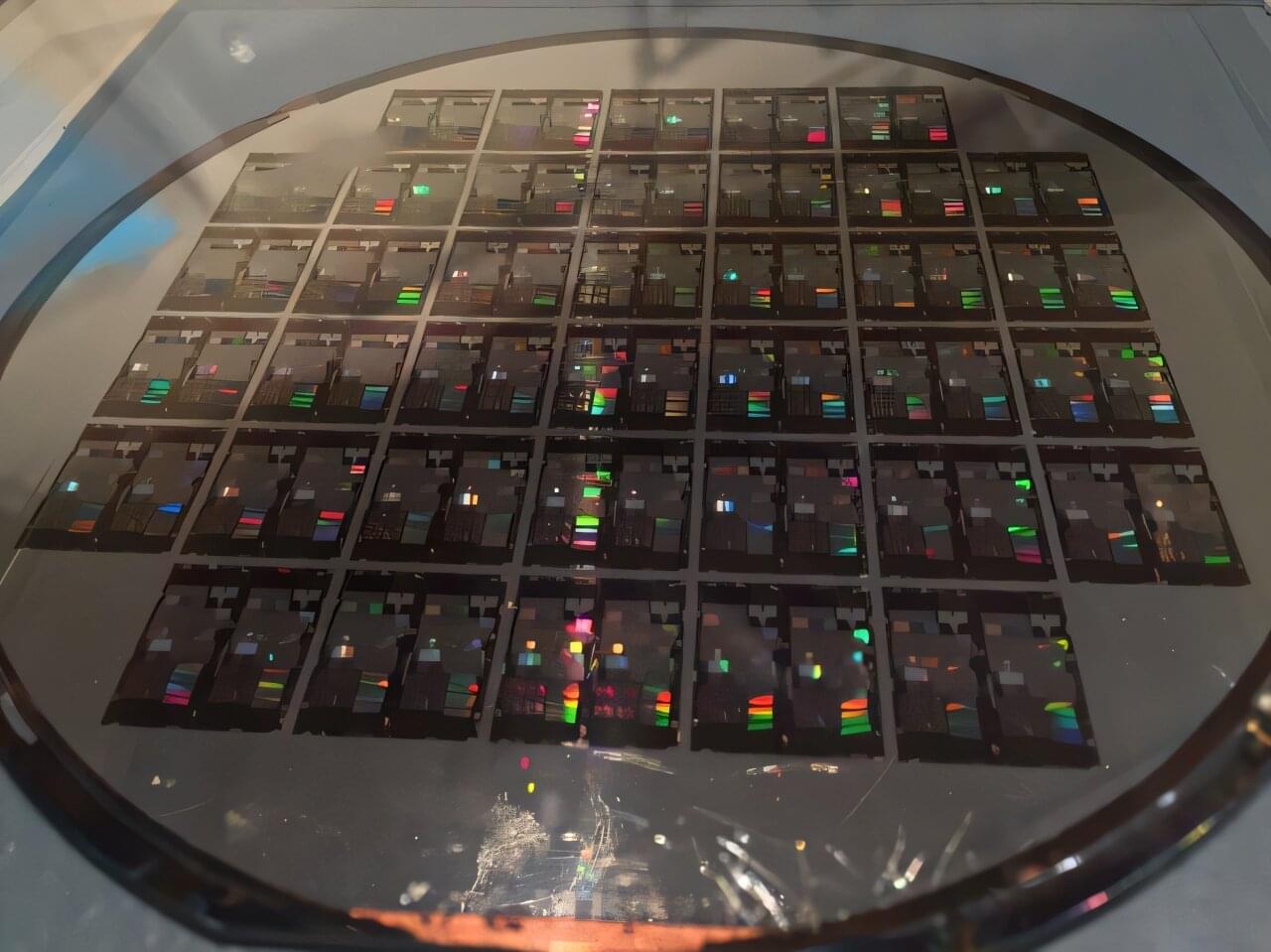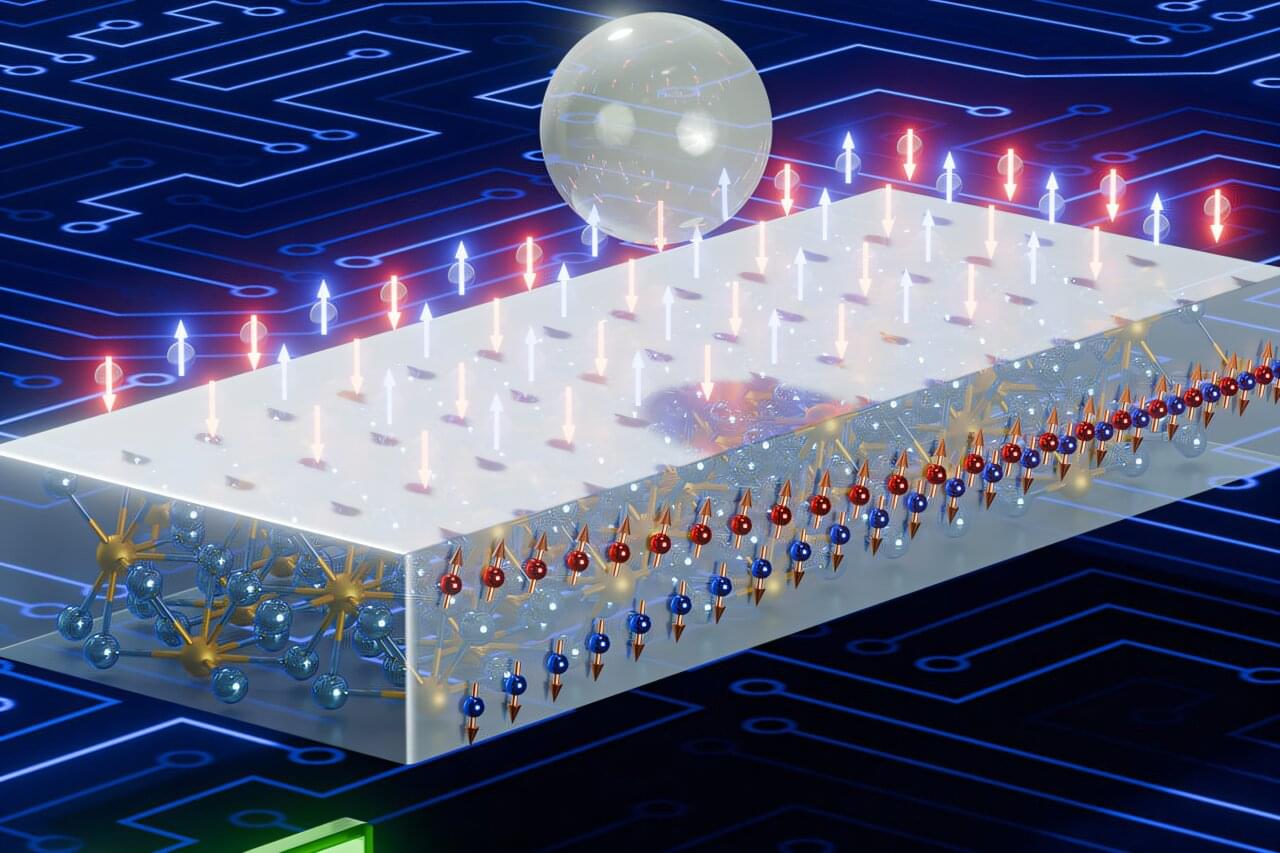New research suggests that psychological richness—a life of perspective-changing experiences—may matter just as much as happiness or meaning.
For centuries, scholars and scientists have defined the “good life” in one of two ways: a life that is rooted in happiness, characterized by positive emotions, or one that is centered on meaning, guided by purpose and personal fulfillment. But what if there is another, equally valuable path—one that prioritizes challenge, change and curiosity?
This third dimension, which may result in a more psychologically rich life for some, is being explored in a new study published in Trends in Cognitive Sciences, led by University of Florida psychologist Erin Westgate, Ph.D., in collaboration with Shigehiro Oishi, Ph.D., of the University of Chicago. According to their research, some people prioritize variety, novelty, and intellectually stimulating experiences, even when those experiences are difficult, unpleasant, or lack clear meaning.


